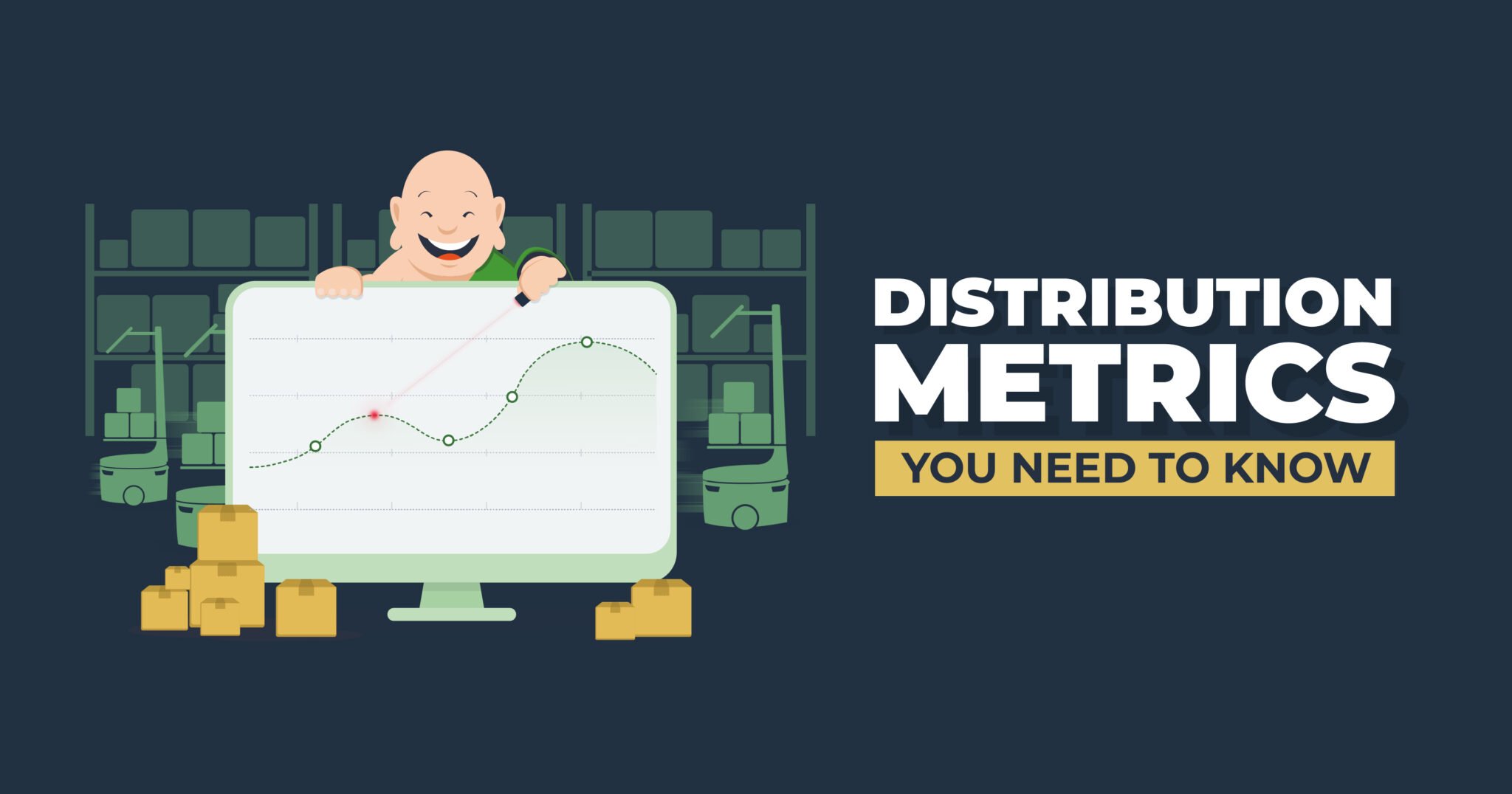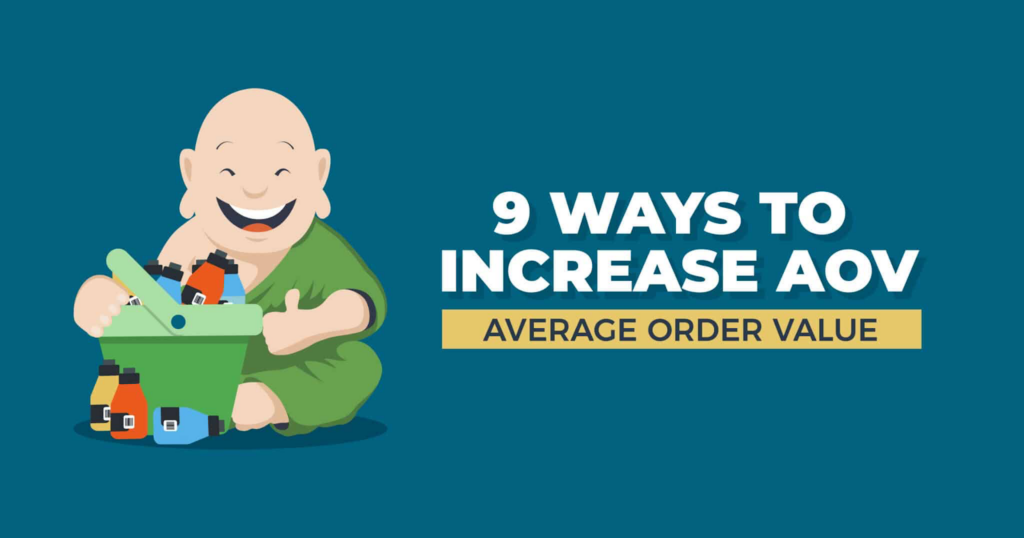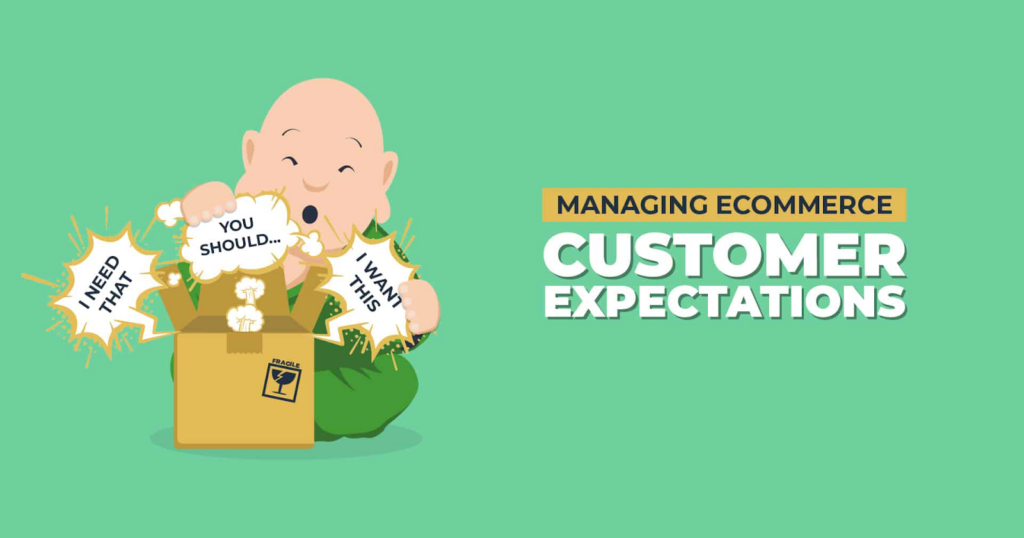Distribution Metrics You Need to Know
Success may not be relative, but it sure is measurable. Having goals and actively monitoring, measuring, and making changes to achieve them is how ecommerce brands grow. Those goals also tell you how much you’ve already evolved, and as such it is vital that your company understands the most critical distribution metrics, that way you can keep control on your day-to-day operations as well as your month-to-month, quarter-to-quarter, and year-to-year progress.

What Are Distribution Metrics?
In short, distribution metrics are performance benchmarks that span across the ecommerce order fulfillment process, from receiving inventory to delivering packages and everything in between.
How Are Distribution Metrics Different from KPIs?
The terms metrics and KPIs (key performance indicators) are often used interchangeably, but there’s an important distinction. While a metric can be anything you measure, a KPI is more specific in that it can determine whether or not certain goals are being met.
For example, if you own an ecommerce brand, your monthly online traffic is a metric worth looking at, but it can’t predict your monthly sales. On the other hand, your average order volume is directly related to your profitability and, ultimately, the success of your business, so that is a KPI. In other words: Any metric can be a KPI, but not every metric is a KPI.

Key Distribution Metrics for Ecommerce Brands
Every business is different, and no two strategies are the same. With that being said, there are a few distribution metrics that carry more weight than others.
#1 Total Number of Orders
This is one metric that should be easy to find — just be sure to specify the time frame.
#2 Average Order Value (AOV)
AOV is calculated by dividing the total revenue during a specific period by the number of orders placed during that period. For example, if your ecommerce brand processed 10,000 orders last month for a total of $600,000, the average order value for the month was $60. To learn more about AOV and how this metric can help grow your business, we highly recommend you check out our blog: 9 Ways to Increase Average Order Value.
#3 Order Accuracy Rate
Inaccurate orders are sure to sour new and old customer relationships. And when the wrong items are delivered during peak season with the high stakes of the holidays, the fallout is much worse. To calculate your order accuracy rate, divide the total number of orders that were delivered accurately by the total number of delivered orders. Then multiply by 100.
#4 Average Fulfillment Cost per Order
Order fulfillment isn’t free, but it also shouldn’t eat away at your margins. To calculate the average fulfillment cost per order, divide the total fulfillment costs of your orders by the total number of orders.
#5 Total Units in Storage
Time is money, and so is space. Total units in storage simply means the sum of all your SKUs currently being stored in a given order fulfillment center (or multiple fulfillment centers if you’re savvy about splitting inventory).
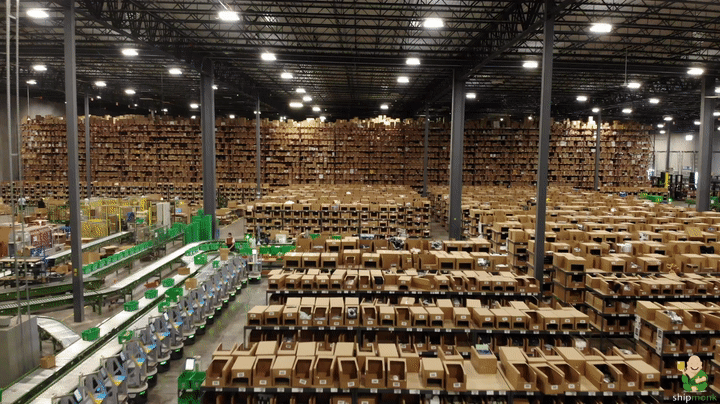
#7 Average Storage Cost per Unit
In the same vein as the total units in storage, your average storage cost per unit equals the average units on hand divided by total warehousing costs.
#8 Inventory Turnover Rate
SKUs with high turnover are SKUs you want to keep around. To calculate the inventory turnover rate, divide the cost of goods sold by the average inventory.
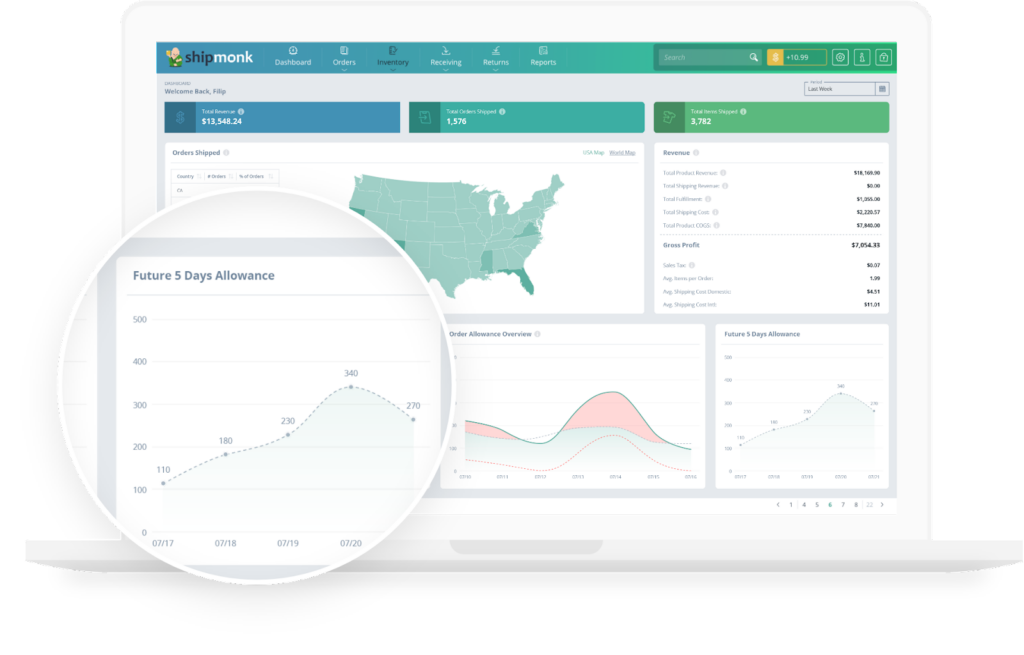
#9 Picking Accuracy Rate
Every mispick is a financial misfire, costing you money in terms of labor, restocking, and resending. Not to mention what it costs in terms of customer satisfaction. Even if it hurts, your ecommerce brand needs to shine a light on any picking failures and actively calculate your picking accuracy rate. To do that, divide the total number of orders picked without error by the total orders. Then, multiply by 100. Regardless of what number your equation spits out, know that it could potentially be even better with an order fulfillment partner like ShipMonk on your side that has a 99% picking accuracy rate!
#10 Total Number of Fulfillment Centers
More fulfillment center locations equals greater ability to keep your products closer to customers. The results are faster, more affordable shipping that your ecommerce brand and your customers both benefit from. Just remember, the key is to choose your fulfillment centers wisely.
#12 Time to Ship
Baked into the shipping time is the time to ship, which is the ship date minus the date the order was placed. The shorter the time to ship, the faster the shipping. The faster the shipping, the happier the buyer. Hence why your ecommerce brand should look into affordable, speedy shipping options like 2-Day shipping.

#13 On-Time Shipping
To calculate on-time shipping, divide the number of orders that have been shipped on or before their ship date by your total number of orders. Then, multiply by 100.
#14 Average Transit Time
Average transit varies depending on several factors, many of which are outside of your control. Regardless, working with reliable shipping carriers and maintaining good communication with your customers should make transit as pain free as possible. To calculate your average transit time, divide the total days to deliver all orders by the total number of orders delivered. And to be better prepared for dealing with post-purchase transit issues, we strongly advise reading our articles on managing delivery delay exceptions and managing customer expectations.
#15 Successful Delivery Rate
The three things that matter most in a delivery are accuracy, timeliness, and, well, was it actually delivered? It does happen on occasion that a package is lost in the mail on the way to reach its final destination. When this occurs, in addition to being quick about making this right for the customer, you should keep track of how frequently it happens. That way, you can ascertain if you need to work with one or more different shipping carriers. To calculate your successful delivery rate, divide the total number of orders that were delivered correctly by the total number of orders. Then, multiply by 100.

Keeping Track of Your Distribution Metrics
Distribution metrics are a lot to take in, and they can be a lot to write down! Ideally, keeping track of this crucial information should involve a dedicated order, inventory, and warehouse management software—the optimal version of that being the all-in-one advanced 3PL fulfillment platform we offer at ShipMonk! Our user-friendly, well-equipped dashboard will save you a lot of time and headaches, and help you grow your business through real-time data, incredible analytics, and our 75+ integrations.
Managing Your Metrics
Navigating the many layers in your ecommerce brand’s supply chain can be challenging; monitoring performance metrics adds an extra level of complexity. But there’s no need to take that on solo. When it comes to keeping track of distribution metrics, KPIs, and any and all important info critical to your company, ShipMonk has your back. Our first-of-its-kind 3PL fulfillment platform, paired with our thorough order fulfillment services and 12 state-of-the-art fulfillment centers across the globe, puts you in the best position to evolve your ecommerce brand.
So if you’re ready to keep track of your goals and be in the best place to achieve them, give your ecommerce brand its best chance by contacting ShipMonk today!


